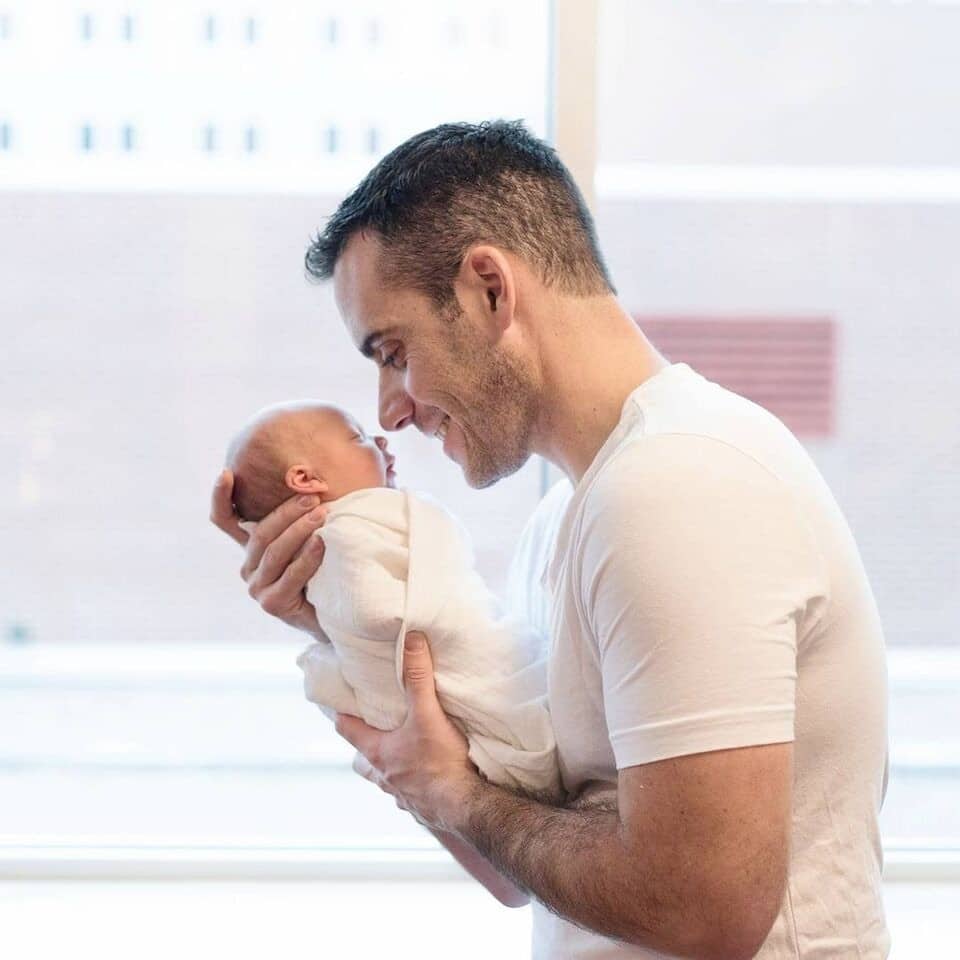The Marshall Fire forever changed the way I parent
Blindsided by the effects of a natural disaster, my son walked away with an unshakeable fear of the unknown—and I’ve spent months working with therapists on how to help him feel safe in this world again.
The smoke billowed in my rear-view mirror as I watched flames unfurl across the landscape. They swallow our neighbors’ homes: pristine lawns adorned with red flashing Christmas decorations, Rudolf’s red nose eerily matching the flames just a few hundred yards away. As we navigated through the gridlock, alongside hundreds of families desperate to escape, I turned around to smile at my son in the backseat as he desperately clutched his little tattered red fox.
My hand shook wildly in my lap, matched only to my labored breathing, as panic manifested internally. Still, I tried to keep my panic contained and my son from being any the wiser. I repeated out loud with a forced smile, “Everything’s OK! We’ll be fine. We’re just going to a hotel room for a sleepover. It will be fun.” Silently, between the waves of flames, I mourned.
Related: 9 ways to help your kids cope with natural disasters
Nine months ago, I experienced the Colorado Marshall Fire—the most destructive fire in Colorado history. A total of 1,084 houses lost in less than six hours. I spent the following seven months living in hotels, fighting with insurance companies and working with my 7-year-old through his PTSD. It was the last part that really turned my world upside down.
Blindsided by the effects of a natural disaster, my son walked away with an unshakeable fear of the unknown—and I’ve spent months working with therapists on how to help him feel safe in this world again. This is far from an anomaly, however, millions of children are going to need to learn how to live with unprecedented natural disasters being the new norm. The reality of global warming is more apparent with every passing season. Massive fires swallow the West as the snowstorms and hurricanes hammer the East.
Though well-intentioned, our current parenting approach fails to prepare the next generation for a world of uncertainty. Despite the growing number of natural disasters every year, the only resource we arm parents with is the impossible strategy to create coherence within havoc. This rhetoric can no longer be sustained in such a shifting world.
Right now, all we have is uncertainty. The next generation will need to be able to embrace change, and God willing, thrive with the unknown. To instill anything less is to set them up for failure. So how do we prepare them? The answer is mindset and grit.
Stanford psychologist, Alia Crum, has done a series of studies that illustrate the importance of mindset in the presence of change. Crum’s studies show the best way to work with stress and change is to shift our mindset and look at new obstacles as a challenge or as an opportunity to grow. Really, to embrace change as a positive new experience.
Stress or change is not inheritably a bad thing, Crum argues; it is our mindset about stress that creates a negative bias around it. What if we teach children how to shift their mindset from fearing unpredictability to embracing it?
Related: We are mothering in a terrifying world with broken hearts
The second key ingredient is grit. Grit was a term coined by famed psychologist Angela Duckworth, defined as sustained perseverance toward long-term achievement. It’s the ability to overcome obstacles, relentlessly. In her groundbreaking research, Duckworth shows that grit is a better predictor of success than IQ.
A growing body of experts argue that kids today are overly coddled and become overwhelmed easily, giving up in the face of failure. Teaching grit is possible, though, Duckworth argues. Allow your kids to struggle and fail while modeling a growth mindset. “This was hard, but we can keep trying at it.” Don’t rush in at the first sign of frustration. Rather, let them explore solutions on their own. In our current culture of instant satisfaction, it pays to play the patience game.
“I know what to do when the next fire comes,” my son tells me, but his knowledge doesn’t stem from fire drills or theoretical packing regiments. No amount of preparation will ever matter in the face of climate change. Our neighbors narrowly escaped with the clothes on their backs.
Instead, we talk about how things would be hard again, but how hard things get easier over time. We focus on how many people showed up for us. We even joke about how nice those hotel breakfast buffets are on school mornings. Readied with a malleable mindset and a gritty backbone, we can hope that the future generation will be able to adapt to this wild place of unpredictability.
Motherly Stories are first person, 500-1000 word stories, reflecting on the insights you’ve experienced in motherhood—and the wisdom you’ve gained along the way. They also help other women realize they’re not alone. Motherly Stories don’t judge. Instead, they inspire other mamas with stories of meaning, hope and a realization that “you’ve got this.” If you have a story, please submit it here: https://www.mother.ly/share-your-story/



































